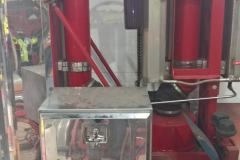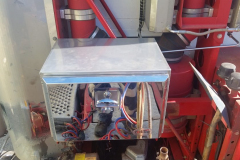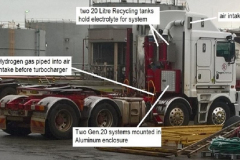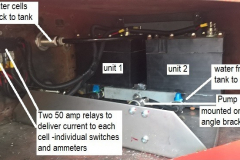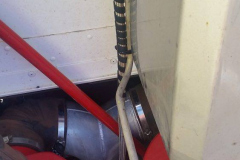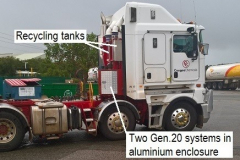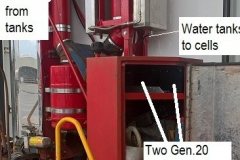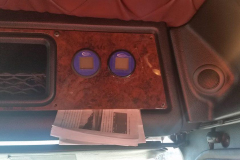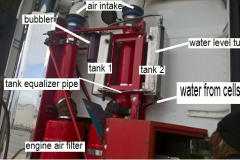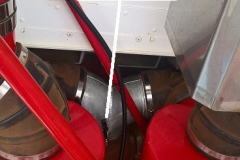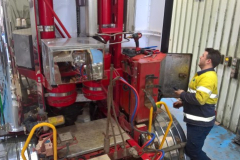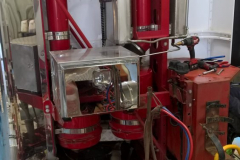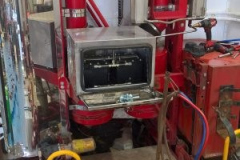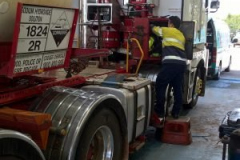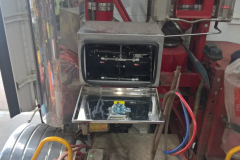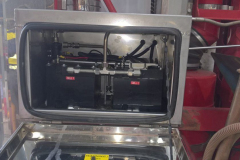What Sets Our Hydrogen kits Apart from other Designs
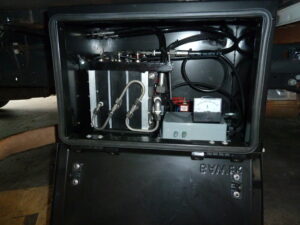
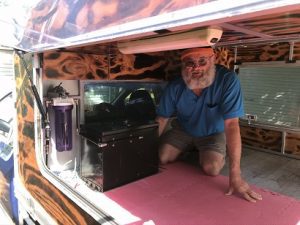

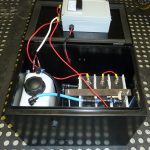

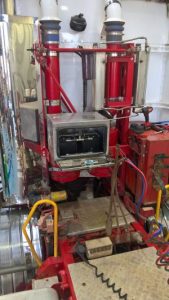

What Sets Our Products Apart.
Our Hydrogen Kit is designed to use all the available electrical energy by using a series of three double cells.
As a result , these three double cells. use 4.2 Volt each at 28 amp == 3 x 4.2 volt equals 12.6 Volt (battery voltage = 13.2 volt ). Hydrogen gas production requires 2.06 volt per cell.
This avoids wasted voltage / energy / power.
High Presure jetting and Patented electrolysis cartridge with specialist plate spacings , increases efficiency producing more Hydrogen .
Greater efficiency produces very large volume of hydrogengas with less engine electrical load –
Required hydrogen = 20% of the engine capacity measuresd in liters / min
A 4 litre engine uses 500 to 800 mls of hydrogen gas per minute. The Gen 10 Hydrogen systems produce up to 3.2 litres of gas per minute
Other manufacturers are all based on the same old “Neutral” plates Design” rather than individual cells. The Common NEUTRAL PLATE arrangement , will 100 cells, produces insufficient voltage per cell to produce hydrogen
OUR Patented HFS uses Electrical Energy to make large volume of Hydrogen – NOT BOILING WATER
Patented Hydrogen system.
Hydrogen Patented Product HHO. Our systems use PATENTED High pressure pumping systems to produce turbulent flow or water past the plates
This allows a MUCH WEAKER SOLUTION to be used as well as making the system much more efficient making more gas with less HEAT.
IN comparison, poorer systems use Buoyancy to circulate the water, which is slow, inefficient and generates MORE HEAT and LESS GAS.
Simply Put, using high pressure high volume pump is More effective and efficient . Pressure head of Pump must match the pressure head loss for the cell arrangement to ensure maximum mass flow rate of the hydroge produces. A calculation that is specific for each model of Hydrogen system we produce
Patented High Power regulated Power supply prevents electrical energy Being wasted as heat.
Improved electrical energy Usage produces 100% more Hydrogen gas using less electrical energy (COMPARED TO PWM power supplies). Poorly designed PWM power supplies overheat resulting in thermal runaway and system fallure









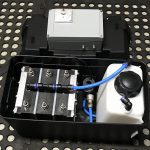
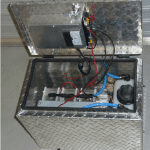
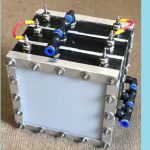
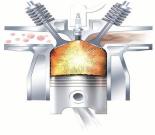 It also greatly reduces your emissions by cleaning out the carbon deposits in your engine, about 50%, sometimes more.
It also greatly reduces your emissions by cleaning out the carbon deposits in your engine, about 50%, sometimes more.
